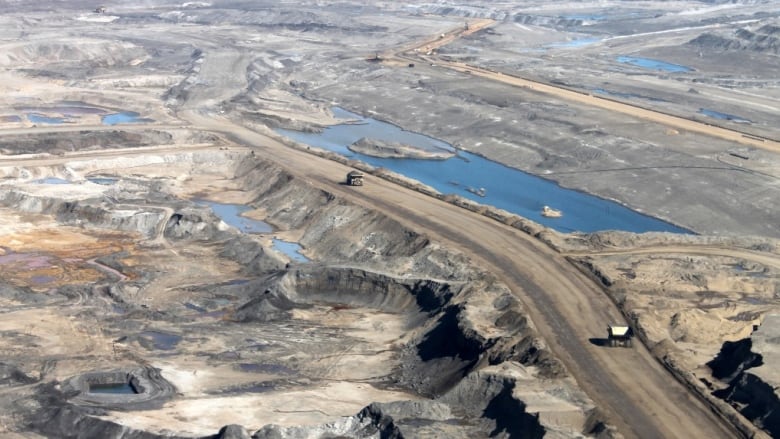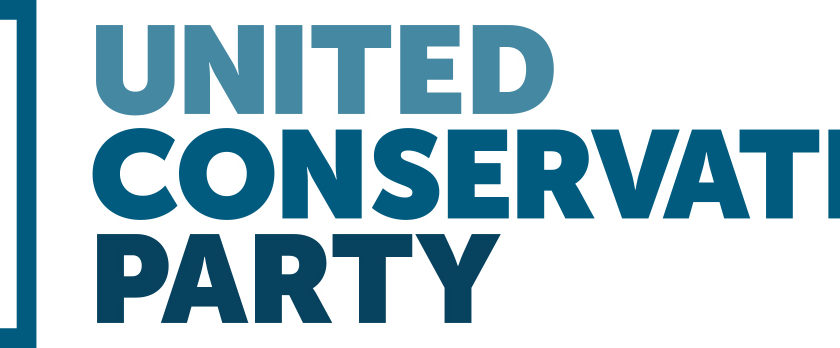Presentation to the Real Estate Council of Alberta 23 November 2022
This past Wednesday I was invited to speak to the directors and executive management at the Real Estate Council of Alberta, or RECA. RECA is the regulatory body for Alberta's real estate market. Alberta is unique as regulation of the real estate market is mainly in the hands of industry. For example the licensing and disciplining of real estate agents is conducted by RECA's board of directors and councils. This is termed "industry self-regulation." There is government oversight in the sense that the government appoints three of RECA's seven-person board. RECA's annual report a wealth of information for the various segments of the real estate market (real estate brokerage, mortgage brokerage, property management, and condominium management licensees). The website also hosts a great deal...




